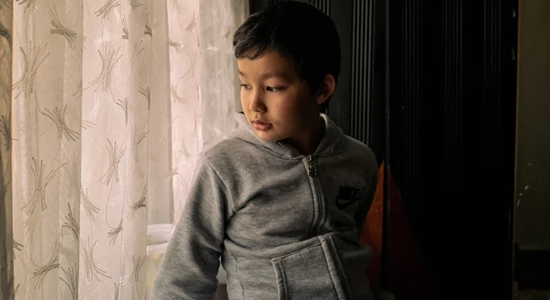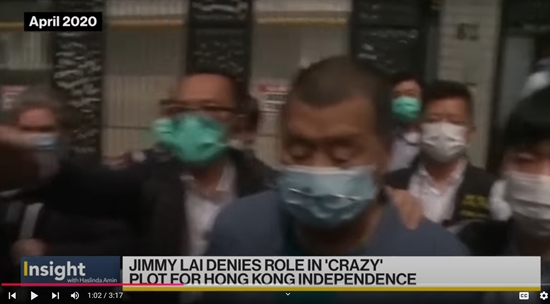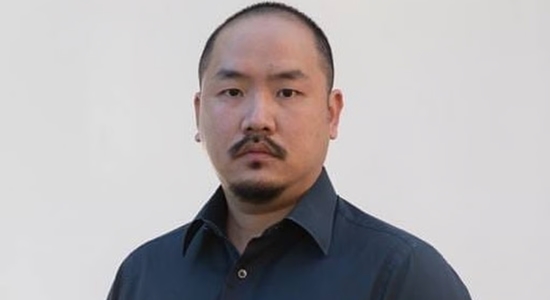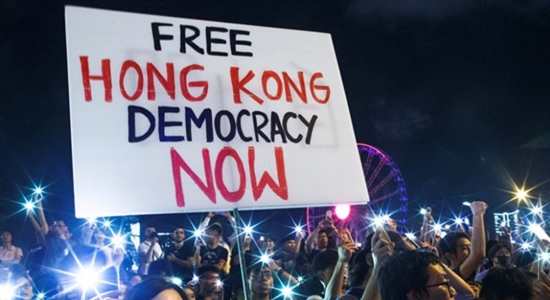
The method is “weaponizing education,” says Abdulhakim Idris in a report on what is happening to families in the Xinjiang region of China on the tenth anniversary of the “active Uyghur genocide” (“How China’s Boarding Schools in Xinjiang [East Turkistan] Are Erasing a People’s Identity: A Uyghur View,” Bitter Winter, September 5, 2024).
Britannica and other sources say that China’s crackdown in Xinjiang (East Turkistan) began in 2017. Idris says that an already-initiated crackdown intensified in 2017 and notes that “the plight of the Uyghur and Kazakh people is not a sudden eruption but a consequence of a long history of oppression and marginalization.”
A drastic turn
In 2014, the “simmering tension took a drastic turn” when, allegedly to combat religious extremism, the Chinese government initiated a crackdown that included ever more pervasive surveillance and repression.
The 2014 date makes sense as one major turning point because on March 1, 2014, a group of eight knife-wielding terrorists attacked a railway station in Kunming, Yunnan, killing 31 people. The Chinese government attributed the attack to “Xinjiang separatist forces.” This attack had been preceded by ethnic riots in 2009 in Ürümqi, Xinjiang’s capital.
In 2017, according to a PBS report, “Chinese leader Xi Jinping personally ordered a massive security campaign to extinguish terrorist threats by targeting the entire Uyghur ethnic group.”
Over one million Uyghurs (a Turkic-speaking people who in Xinjiang are generally Muslim) have been interned in reeducation camps, but “the horrors extend beyond the camps, to the children left behind,” Idris writes.
As the Chinese government detains Uyghur adults, their children are sent to state-run boarding schools. These institutions are designed to sever the children from their cultural roots and indoctrinate them into Han Chinese culture. According to reports, more than half a million Uyghur children have been placed in these schools, where they are taught to speak Mandarin exclusively and are subjected to a curriculum that glorifies the Chinese state while denigrating their native culture….
In these boarding schools, the use of the Uyghur language is strictly prohibited. Classroom instruction is conducted almost exclusively in Mandarin, and teachers can be punished for using Uyghur outside specific language classes. This policy aims to erode the children’s fluency in their native language, thereby severing their connection to their cultural and religious identities.
Reports have documented numerous instances of physical and emotional abuse in these schools. Children are often beaten, locked in dark rooms, and forced to hold stress positions for extended periods. These punitive measures are designed to break the children’s spirit and make them more [susceptible] to assimilation efforts.
The systematic separation of Uyghur children from their families and their forced assimilation into Han Chinese culture constitutes a form of cultural genocide.
According to a 2020 New York Times report:
“The long-term strategy is to conquer, to captivate, to win over the young generation from the beginning,” said Adrian Zenz, a researcher at the Victims of Communism Memorial Foundation in Washington who has studied Chinese policies that break up Uighur families.
To carry out the assimilation campaign, the authorities in Xinjiang have recruited tens of thousands of teachers from across China, often Han Chinese, the nation’s dominant ethnic group. At the same time, prominent Uighur educators have been imprisoned and teachers have been warned they will be sent to the camps if they resist….
The campaign echoes past policies in Canada, the United States and Australia that took indigenous children from their families and placed them in residential schools to forcibly assimilate them.
“The big difference in China is the scale and how systematic it is,” said Darren Byler, an anthropologist at the University of Colorado who studies Uighur culture and society.
This information doesn’t make its way into Chinese Communist Party–sponsored ”influencer” videos about how happy, normal, and wonderful everything is in Xinjiang.





